For those of us who’ve been with Windows through the years know Control Panel to be a trusty companion that has been with us through thick and thin. There was a time when it was the default location for most system settings. But now, things are slowly changing.
Microsoft has been trying to phase out Control Panel for a while now, shifting most of its settings to the titular Settings app with a modern look. But the Control Panel isn’t dead yet. Even on Windows 11, there are quite a number of ways that you can open the Control Panel. Let’s take a look at them all so you have options galore to choose from.
9 Ways to open Control Panel in Windows 11
Even though the Control Panel is missing from a few key locations on Window 11, such as the WinX menu, it is still available everywhere else. Microsoft has tried to keep the Control Panel buried in the background, favoring its Settings app for all things related to system settings. But if you’ve ever scrolled down on a Settings page and clicked on the ‘Related options’, you know where it leads – that’s right, the Control Panel.
But that isn’t the only way to access it. Here are all the ways you can open Control Panel in Windows 11.
Related: How to Change a Wallpaper on Windows 11
Method 1: Using Start menu
One of the simpler ways to open the Control Panel, the Start Menu search is always a reliable way of finding apps.
- All you have to do is press Start and type Control Panel.
- You will see it as the first option as soon as you start typing.
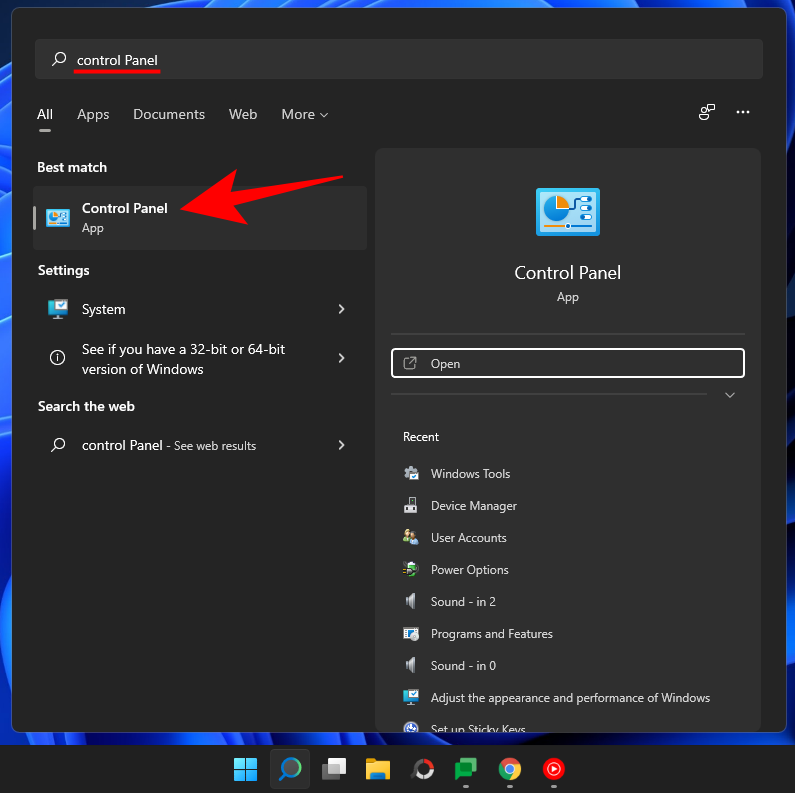
Method 2: From the Search box
Similar to the previous method, you can also find the control panel in the taskbar Search box. However, unlike Start, you may not have to even conduct a search.
- Simply click on the Search box in the taskbar.
- You will see the Control Panel at the bottom of the list.
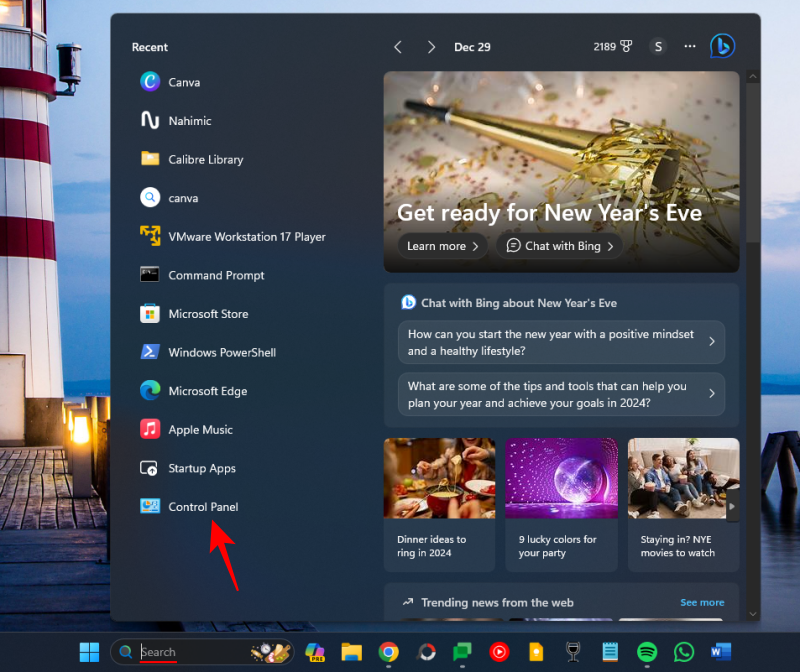
Method 3: Using RUN
This is easily the easiest method to access the Control Panel and one of the few methods that require only the keyboard.
- To open Control Panel from RUN, firstly, press
Win 1+ Rto open the RUN window. - Then simply type control panel and hit Enter.
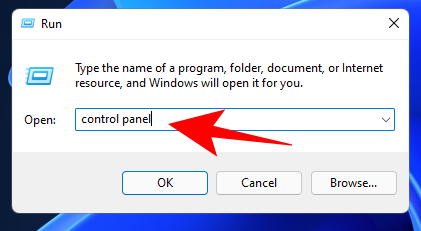
Related: How to Disable Windows 11 Alert Sounds
Method 4: Using Command Prompt or PowerShell
Control Panel is part of the Windows environment variables which makes it extremely easy to launch it from the Command Prompt. Here’s how to do so:
- Press
Win + Rto open the RUN box, type cmd (or powershell if you’re using PowerShell), and hit Enter.
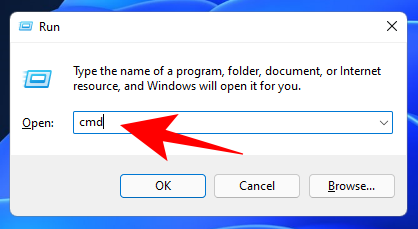
- This will launch the Command Prompt. Now, simply type control panel and hit Enter.

The Control Panel will open in an instant. The command is the same for PowerShell as well (simply ‘control panel’).
Method 5: Using File Explorer address bar
If, for some reason, you’re not able to access the Control Panel from the aforementioned ways, fret not. The Control Panel is almost ubiquitous (though well hidden) in Windows. It can even be accessed from File Explorer. Here’s how:
- Press
Win + Eto open the File Explorer or select it from the taskbar.
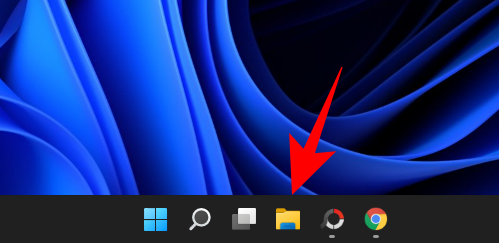
- Then click on the first arrow in the address bar.

- Select Control Panel.
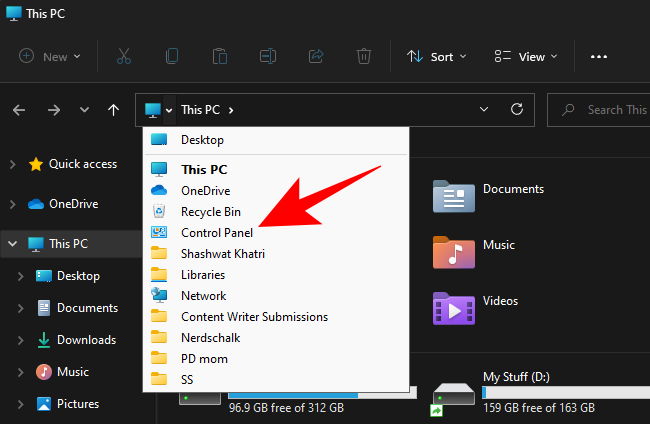
Method 6: Using Search in Settings
Windows Settings app wouldn’t be much of a ‘settings’ app if it didn’t house its predecessor.
- To access the Control Panel from Windows Settings, first up, press
Win + Ito open the latter. Then click on the search bar.

- Type control panel and select it when the option comes up.

Method 7: Using Task Manager
If you’re not able to access other areas of your Windows PC, the task manager can always come to the rescue.
- Right-click on the taskbar and select Task Manager. Alternatively, simply press
Ctrl + Shift + Escsimultaneously to open it - Click on File in the top left corner.
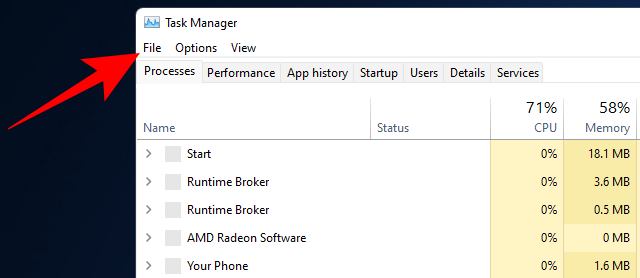
- Select Run new task.
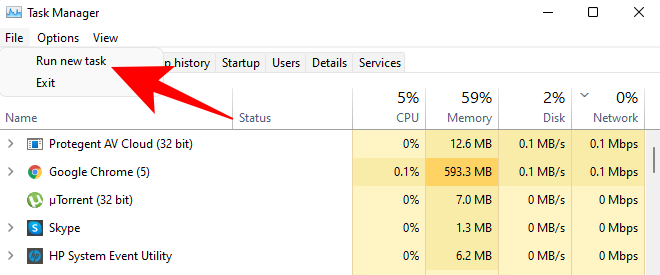
- In the ‘Create new task’ window, type control panel and click OK.
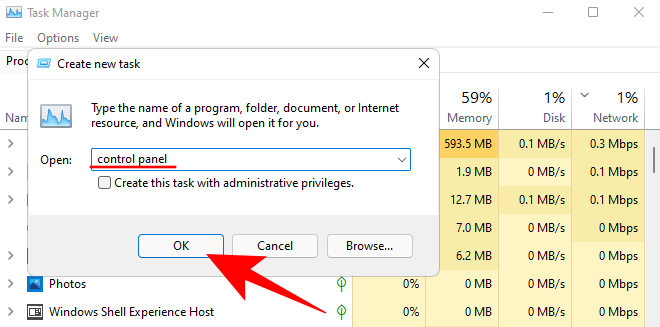
Method 8: Using control.exe in File Explorer
You can also access the control panel’s executable file from within the system drive. Here’s how:
- Open File Explorer and navigate to the following address:
C:\Windows\System32 - Here, look for control.exe and double-click on it to open the Control Panel.
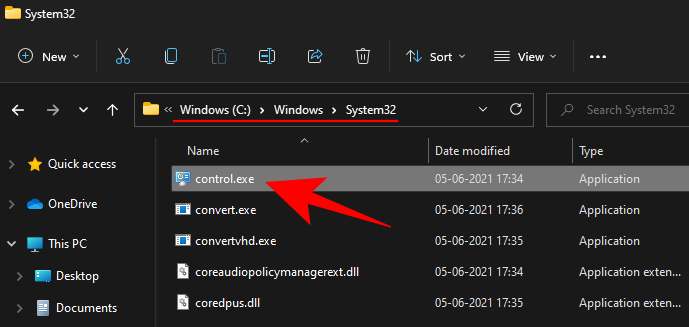
Method 9: Using Windows Tools
Windows has a built-in app called ‘Windows tools’ that brings together the administrative, troubleshooting, and management tools. Much like the Control Panel, Windows Tools is slowly becoming obsolete and may face the ax soon. Until that day, you can still access it and find Control Panel in it. Here’s how:
- Press Start and search for Windows tools. Select the first option that comes up.
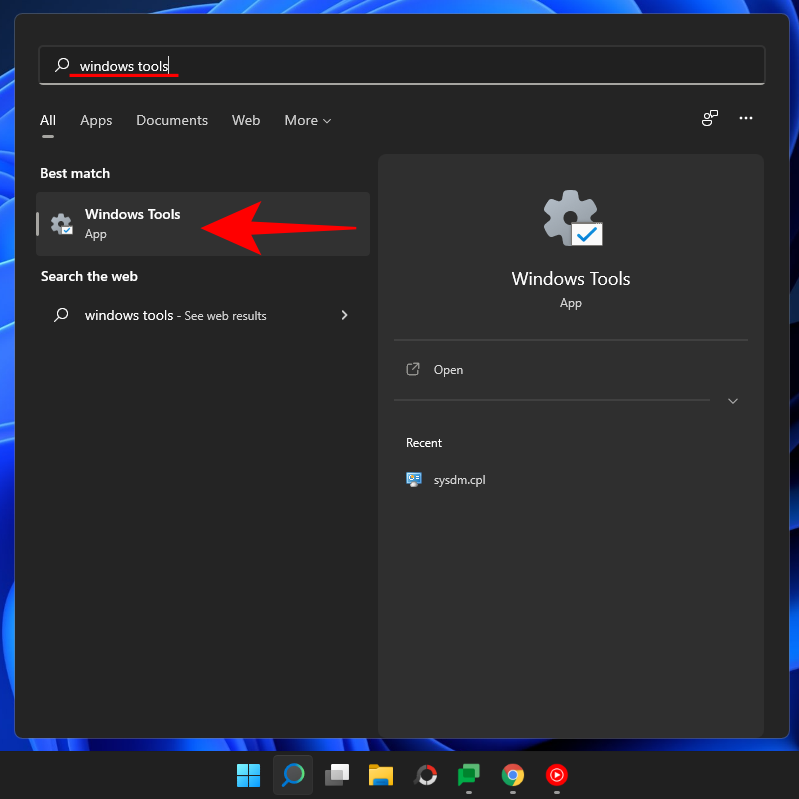
- In the ‘Windows tools’ window, double-click Control Panel to run it.
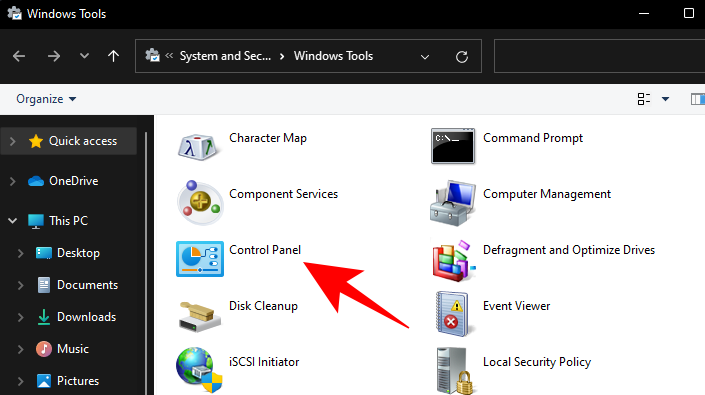
How to show the Control Panel in File Explorer’s navigation pane
If you use the Control Panel frequently and want easier access to it, there are a few ways you can add it to where it’s convenient for you. This first method brings back the Control Panel in the File Explorer’s navigation panel (where it used to be before). Here’s how to do so:
- Press
Win + Eto open File Explorer. Then click on the ellipsis button at the top.

- Select Options.
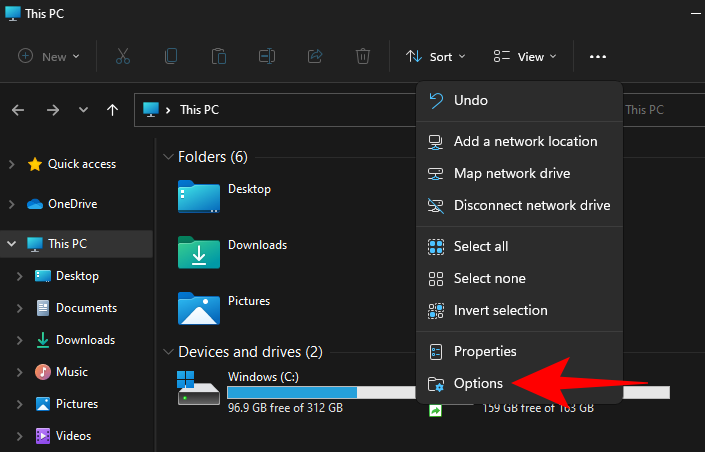
- This will open ‘Folder Options’. Click on the View tab to switch to it.
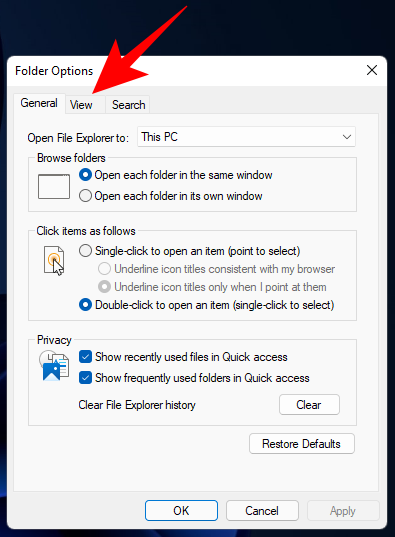
- Then scroll down the ‘Advanced settings’ and check Show all folders.

- Click OK.

- You will now see the Control Panel appear in the left navigation pane.

How to add Control Panel to the Start Menu or Taskbar
Another, simpler way to easily access the control panel is to have it pinned to the Start Menu or the Taskbar, wherever you prefer it to be. Here’s how to do so.
- Press Start and search for control panel.
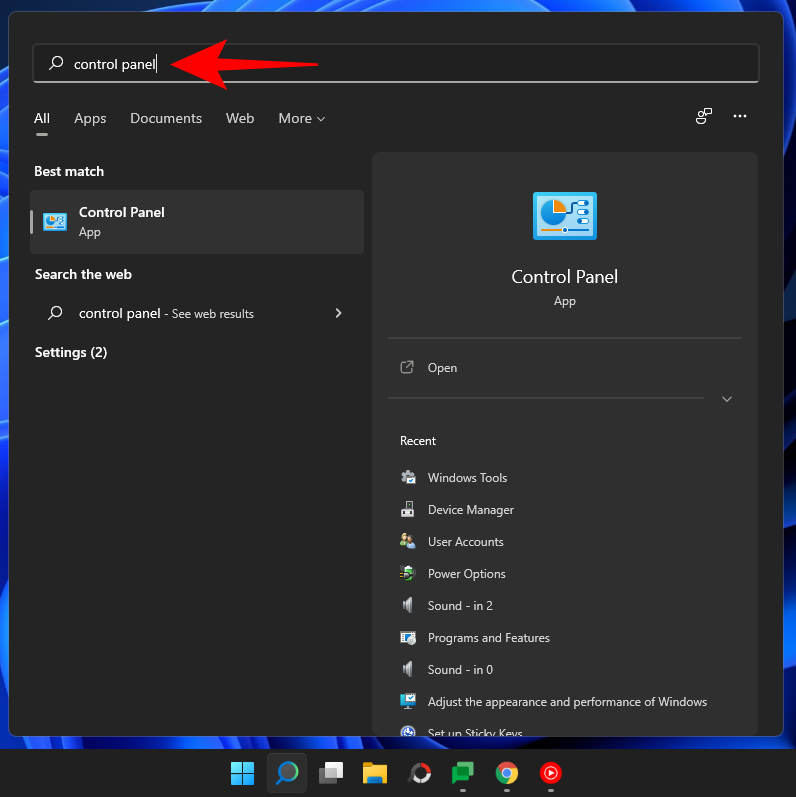
- Then right-click on the Control Panel app. You will get the option to either Pin to Start or Pin to taskbar.
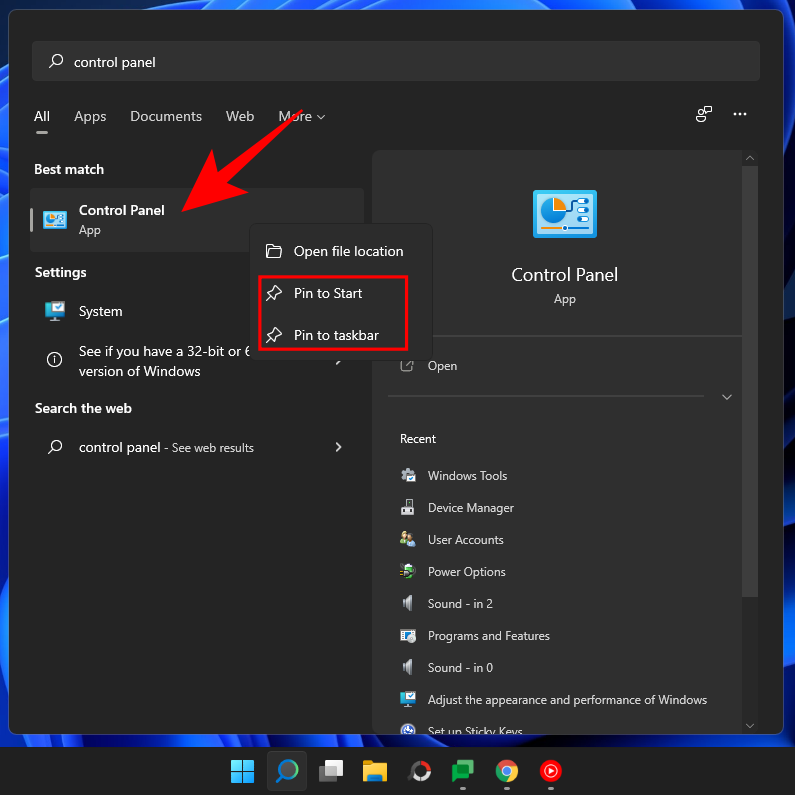
- If you select Pin to Start, the Control panel will appear at the end of the Start menu pinned apps page. To bring it up, right-click on the pinned ‘Control Panel’ and select Move to top.
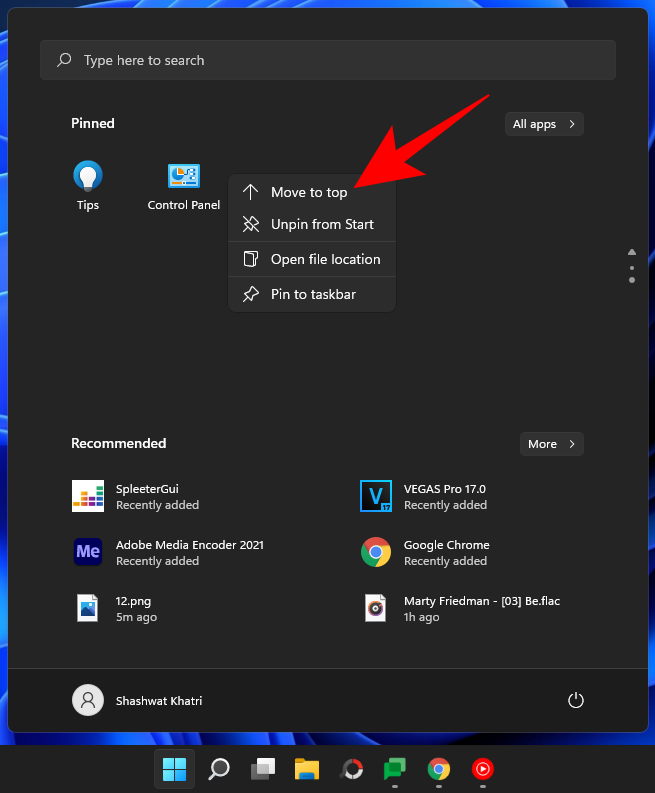
- The Control Panel will become the first app in the Start Menu apps list.
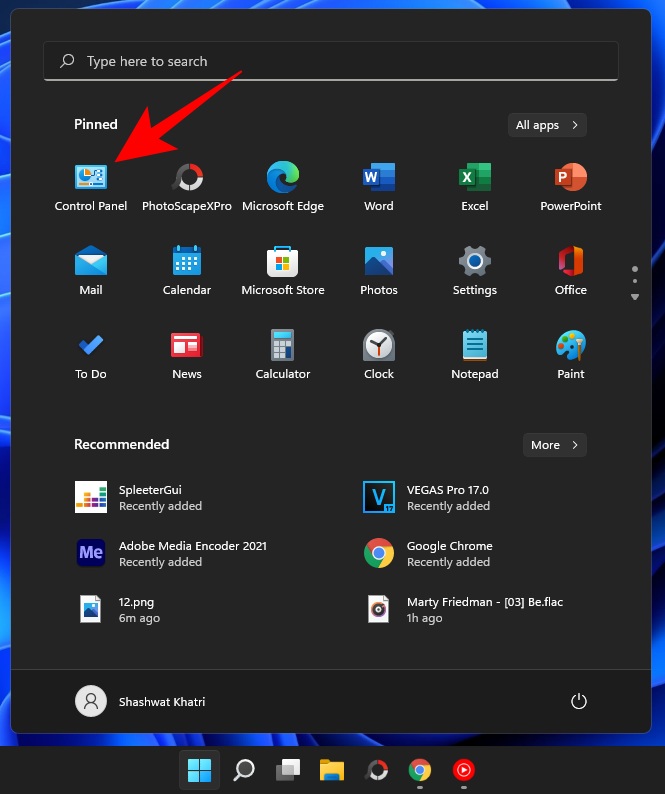
- If pinned to the taskbar, it will appear in the taskbar as such.
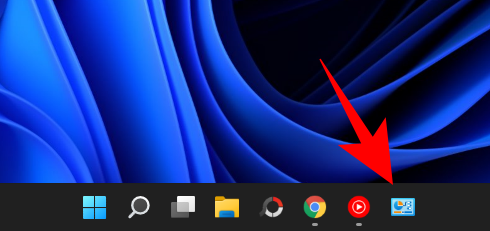
In practice, you could have it pinned on both locations if you want.
How to Add Control Panel to Desktop
If you don’t want to clutter your taskbar or the Start menu, you can always add the Control Panel to the desktop. Here are a couple of ways to do so.
Method 1: Using Personalization Settings
- Right-click on the Desktop and select Personalize.

- On the Personalization settings page, click on Themes on the right.
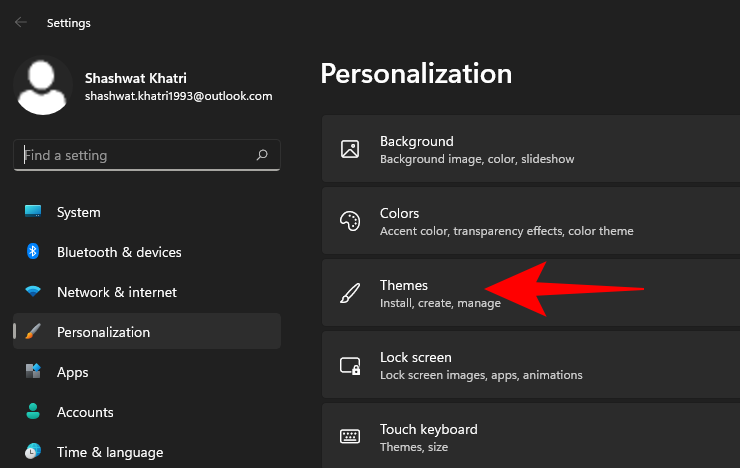
- Then scroll down and select Desktop icon settings.
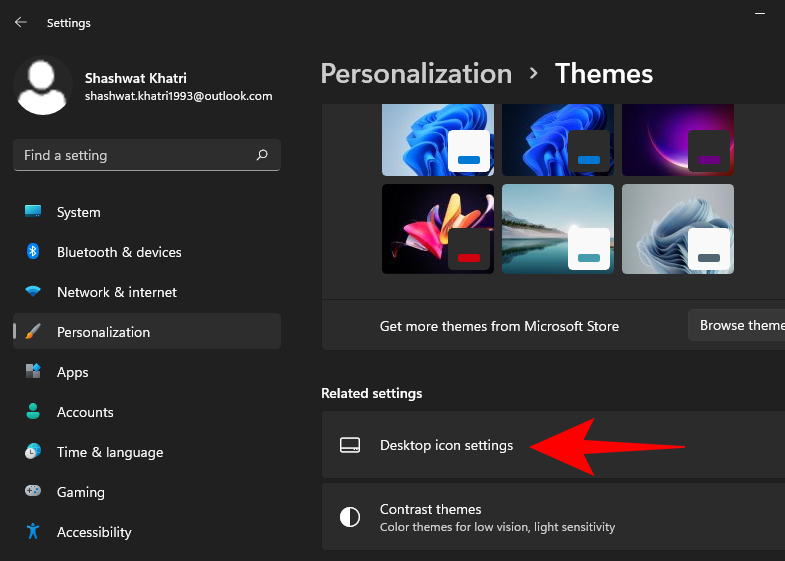
- In the ‘Desktop icons’ setting window, place a check next to Control Panel.
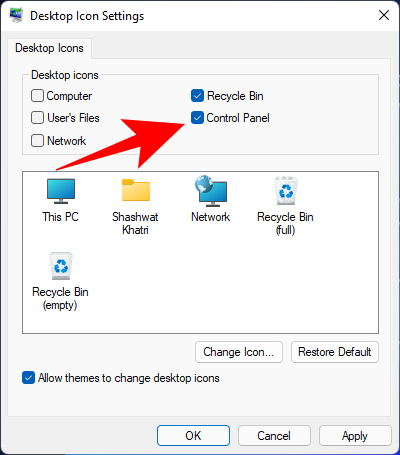
- Then click OK to confirm.

- The control panel will now be placed on the Desktop.
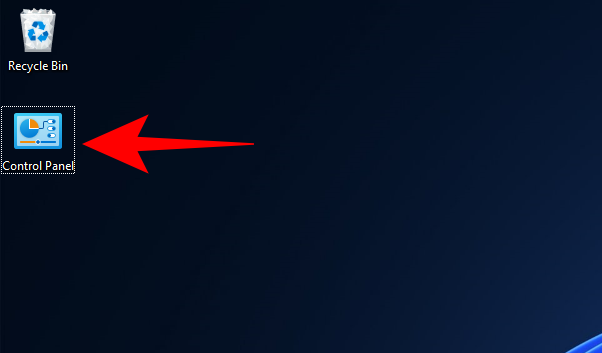
Method 2: Using a Desktop shortcut
You can also manually create a desktop shortcut for the Control Panel.
- To do so, right-click on the Desktop and select New > Shortcut.

- In the ‘Create Shortcut’ window, type in the following location:
%windir%\System32\control.exe
Click Next.
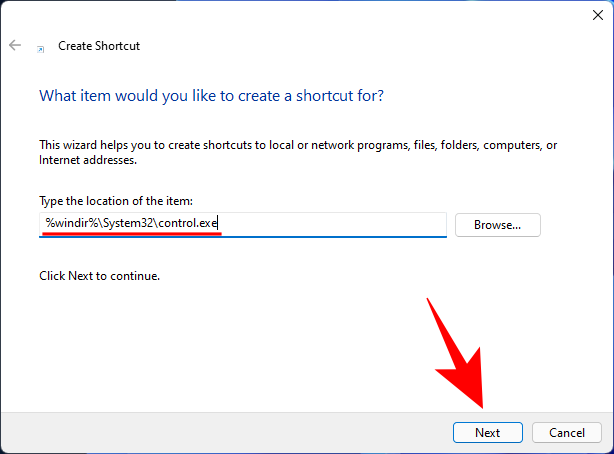
- Give this shortcut a name (say, Control Panel) and click on Finish.
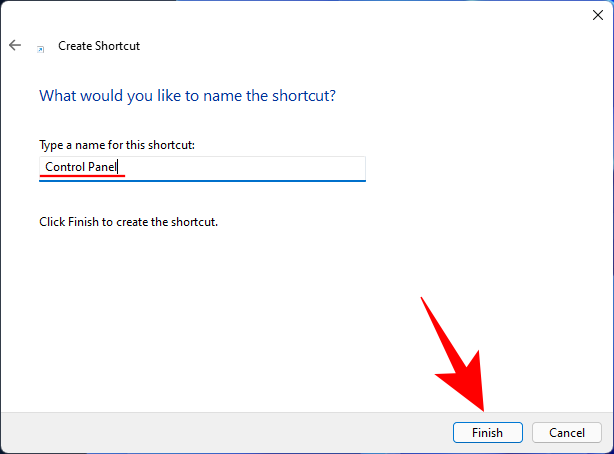
Your shortcut will now be created
Frequently Asked Questions (FAQs):
Given Microsoft’s plan to phase out the Control Panel slowly, there are quite a number of queries surrounding it and its use. We will address a few of these below:
How do I open Control Panel in Windows 11 with keyboard?
If your mouse or trackpad isn’t in working condition, you can still open the Control Panel with the keyboard alone. This is done from the RUN window and the Start menu search. Refer to the first two methods in our guide above to know how.
Is Windows getting rid of Control Panel?
Even though Microsoft hasn’t explicitly stated its plans for the Control Panel, it is plain as day what they are. Ever since the introduction of the Windows Settings app with Windows 8, the Control Panel is being pared down and being relegated to the background. However, as things stand right now, it seems the phaseout hasn’t panned out well for Windows and the Control Panel will keep functioning on Windows 11 as well.
What is the shortcut to open Control Panel?
There is no keyboard shortcut to opening the Control Panel. However, the fastest way to open it up is by opening the RUN window (Win + R), typing control, and hitting Enter (as shown in the guide above). Either that or by searching for it in the Start Menu.
These were all the ways that you can open the Control Panel on Windows 11. It will take some time for Microsoft to phase it out and transfer its operations to the Settings app, so you can keep on using the Control Panel for a while still. But, ultimately, we all have to come to terms with the inevitable death of the Control Panel that Microsoft has been planning for a while now. We hope it’s much later rather than sooner.
RELATED







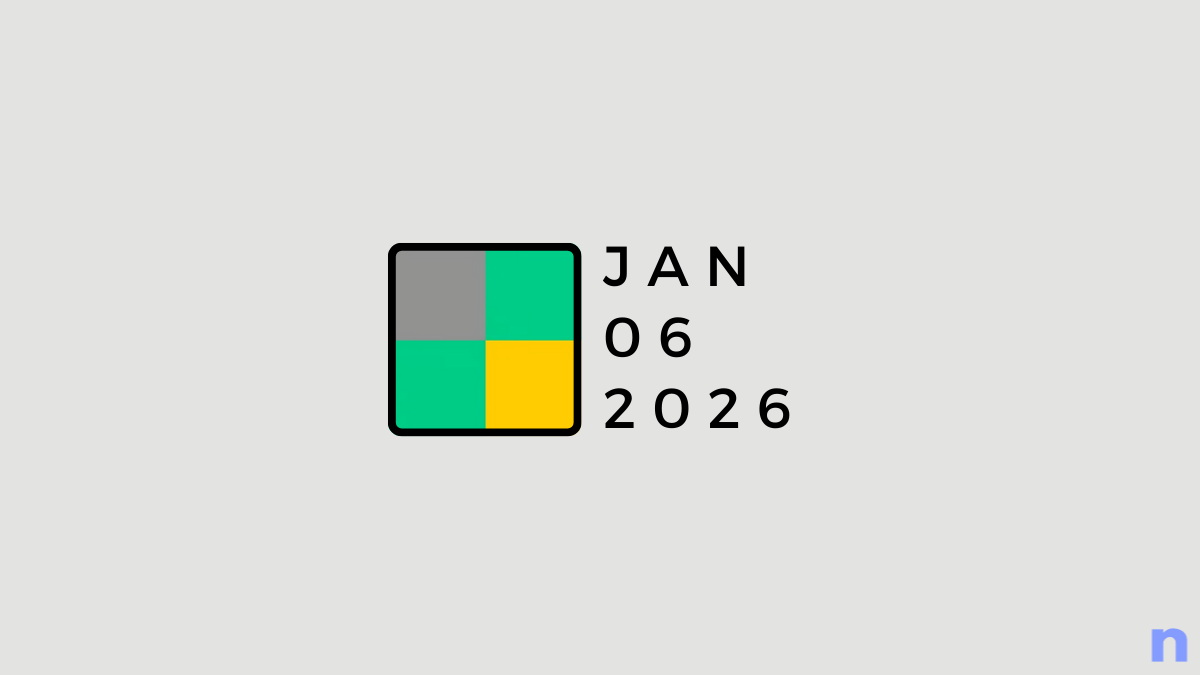




Discussion